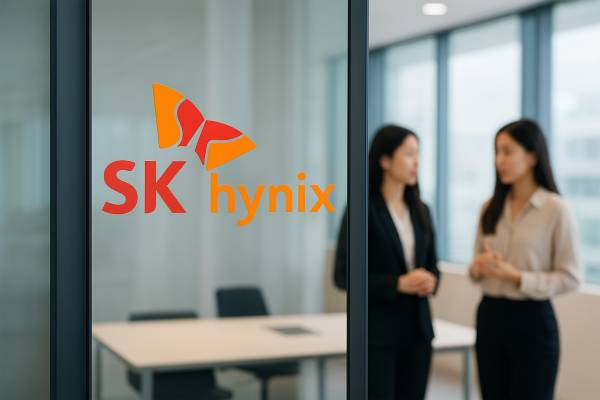Japan is considering introducing the digital yen, which would be a digital currency that, like deposits, could be linked to individual users. Its introduction would have numerous advantages, particularly in terms of data usage.
When using the digital yen, institutions making transfers are expected to use user data for marketing analysis and other purposes. In addition, according to the Ministry of Finance, user information would also be used to meet “public interest requirements,” such as anti-money laundering and counter-terrorist financing (AML/CFT) and tracking unauthorized use.
When using personal data, the Bank of Japan places a high priority on data protection technologies, collectively referred to as PETs (Privacy-Enhancing Technologies). According to Natsuki Tsuda, director of the Treasury Bureau of the Ministry of Finance and the official responsible for digital currency planning, PETs are an effective tool for data protection.
PETs include, for example, “federated learning,” which enables machine learning without having to collect customer data from multiple institutions in a central location. This technology can be useful in AI-based monitoring of transactions to combat money laundering and terrorist financing, as well as in the development of joint AI models by multiple companies. Another PETs technology, “synthetic data generation,” allows data to be analyzed while preserving the statistical characteristics of the original data without directly handling customer data. This is particularly useful when institutions that process transfers use customer data for marketing analysis.
The introduction of PETs is also supported by the expected revision of the Personal Data Protection Act, which could come into force in the fall of 2025 or spring of 2026. Somewhat at odds with data protection efforts is the consideration of a proposal that would allow personal data to be transferred to third parties without the individual's consent, as well as the acquisition of publicly available sensitive personal data, provided that it is used solely for statistical information, including the creation of AI models. PETs are expected to effectively help develop governance in line with the revised regulations.
It is important to note that the application of PETs in the financial sector is currently still in the experimental phase. This is because there are no public guidelines on the safety or implementation of the technology, nor are there any industry-wide rules. This makes it difficult for businesses to assess whether the desired effect can be expected from its introduction. According to Wakamata, PETs should not be introduced individually by each financial institution, but should be treated as an industry-wide collaborative initiative.





























